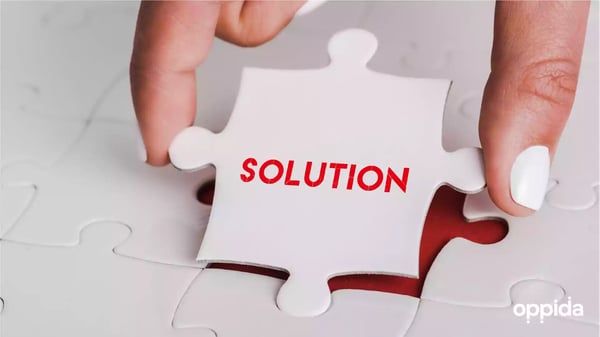Online Course Development A-Team? Once upon a time, developing educational content was a somewhat...
Want to be a successful learning designer? These 4 skills will set you apart
Having worked for over ten years in education and in various roles including instructional design, learning technology, project management and head of learning design, I have come to understand there are certain characteristics, skills and qualities that makes a successful learning designer, from seeing it in myself, colleagues and LDs that I have managed. The role of a learning designer is one of the greatest jobs to ever exist due to the levels of ever-changing complexity, intrinsic knowledge of educational design principles and the constant adaptability required to perform the role above and beyond what is required.
“The complexity of things—the things within things—just seems to be endless. I mean nothing is easy, nothing is simple.”
Alice Munro
Essential qualities of a learning designer
From drawing on my experience across different roles, organisations, industries and projects in education, I have concluded that there are four essential qualities and areas that every learning designer will require to be fully across to be successful in this role. These qualities were based on managing complex projects, pedagogical understanding and communication, navigating client/stakeholder management and the balance of educational integrity vs commercial viability.

Project management and learning design
Learning designers will need to have the skills to manage multiple projects at different stages of development. Not only that, but they will also have multiple stakeholders and project team members to manage or make sure are on the right track to make deadlines. So this element of the role can be exhausting!
I believe that LD’s should spend 50% of their time on development and the other 50% on project management. Giving LD’s as much visibility of each stage of the development is crucial to creating confidence and buy-in with internal & external stakeholders. With an effective LD understanding how long tasks are taking e.g, the SME’s time to develop a module, the post-production of a video or the QA process, having an insight into these elements of the development will result in a successful project.

Learning design principles and pedagogy
The backbone of any project is to have effective learning frameworks to ensure engagement for the customers/students across a variety of subjects. LD’s need to be able to communicate effective design pedagogies for teaching and learning with intrinsic knowledge of how they are implemented into a curriculum, how they can be utilised for different subjects for student engagement (e.g., which application of activities and learner experience), designing effective assessment systems and be able to demonstrate concrete examples of these to teaching staff or potential clients when designing.
From my experience, most clients or staff have had very little or some understanding of what design principles or effective pedagogies are, especially for online and blended learning modalities, so its the role of the learning designer to explain these in simple terms, how the design would work with their specific learners and lead the development process effectively with confidence.

Client solutions
This is closely related to the Design Principles and Pedagogy quality, as the next stage is to develop innovative solutions for a wide variety of clients/academics/business leaders. LD’s require the ability to adapt to an audience, understand what the client requirements are and be able to instil confidence that you will achieve those outcomes for them. LD’s will need to draw on their experience of other project and learning solutions to help solve an issue or make use of the collective knowledge on the teaching/client-side to brainstorm a solution to the problem.
Having experience in design thinking, user-centred design or any other approaches to design innovation in a workshop setting is key to collaborating on a solution which is not only pedagogically sound and engaging but can realistically be developed in the timeframe of the project. This benefited me tremendously so exposure and understanding of different design methods is crucial to success and growth as a learning designer.

Striking an educational vs. commercial awareness balance in learning design projects
Lastly, understanding the different considerations of a project from an educational (learning, assessment, engagement) to commercial (budget, commercial impact, sales) is something that learning designers should be across to understand where teachers or stakeholders are coming from. Budgets and scope can dramatically change the timeline and resources of a project so having an understanding of that from the beginning will help develop solutions that will work for everyone on the project and the end-user: the learners.
One of the best experiences for me as an LD was to be involved in projects that changed in terms of timelines, budgets and changing priorities. This will improve any LD’s problem-solving skills, stakeholder management and being able to come up with creative and alternative solutions when the current solution is no longer viable. Never trust a project that seems to be running perfectly!
I could talk at length on all four of these qualities, so if you have any further points you want to add or anything that has been discussed in this article then please feel free to get in touch!
This post was originally published here on LinkedIn.



